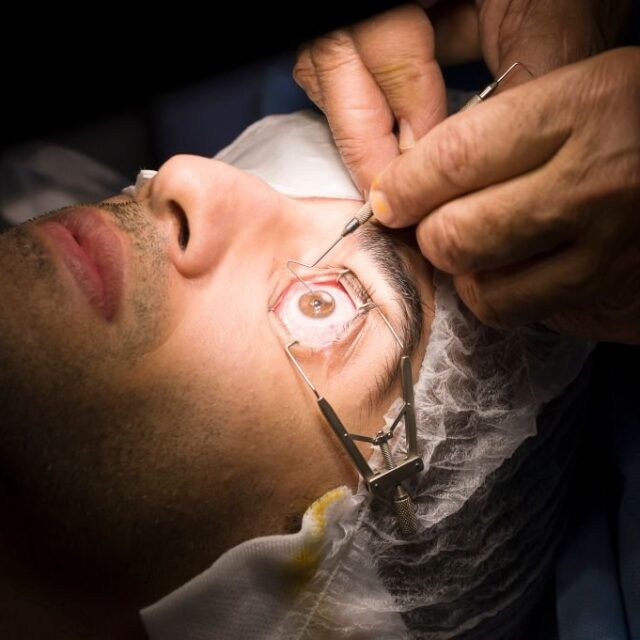Our Services
Feel free to reach out to us to acquire further information about Melmed Health.
We Are in Service,
7/24 HOUR
Melmed Healthcare Assistance
Free Consultation
Write the Correct info, please
Who is a Candidate for Intraocular Lens?


After the Procedure of Intraocular Lens (Smart Lens)
Follow-Up Care of Intraocular Lens
How is Phakic Lens Treatment Applied?

What are the Advantages of Smart Lenses?
FAQ
What is Liposuction, and how does it work?
Liposuction is a cosmetic surgery that removes localized fat deposits using a suction technique. It enhances body contours and proportions.
Who is an ideal candidate for Liposuction?
Ideal candidates are individuals with localized fat pockets resistant to diet and exercise, in good health, and maintaining a stable weight.
Can Liposuction help with weight loss?
Liposuction is not a weight loss method but is effective for targeted fat removal and body contouring.
What areas of the body can Liposuction address?
Liposuction can target various areas, including the abdomen, thighs, buttocks, arms, and love handles.
How long is the recovery period after Liposuction?
Recovery times vary, but most people can return to light activities within a week, with final results becoming more apparent as swelling subsides.
Are the results of Liposuction permanent?
While fat cells are removed, maintaining a healthy lifestyle is crucial to preserving the results over time.



